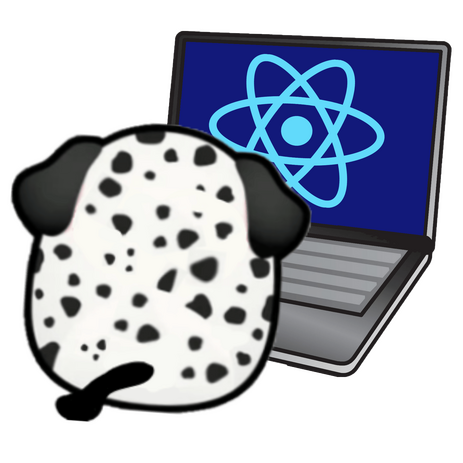Jumpstart Your Web Dev Journey with React

Welcome to the first actual post of “Bytes and Beyond,” a programming blog by 3liasP. In this post, we will briefly dive into the world of React, a popular JavaScript library for building user interfaces. React is widely used by developers and has become an essential tool for web development.
React was first introduced by Facebook in 2011 and has since gained immense popularity. It is known for its simplicity, reusability, and performance. React follows a component-based approach, where the user interface is divided into small, reusable components. Each component can manage its own state, making it easy to build complex user interfaces.
One of the main advantages of using React is that it allows developers to create dynamic and interactive user interfaces quickly. React enables developers to build applications that can update and render efficiently, making it ideal for developing modern web applications.
React is widely used in the industry, and many popular websites such as Facebook, Instagram, and Netflix, are built using React. React also has a vast ecosystem of tools and libraries, making it easy for developers to create robust and scalable applications.
To get started with React, you need to have a good understanding of JavaScript and the Document Object Model (DOM). React also relies heavily on HTML and CSS, so a good understanding of these technologies is also crucial. Once you have a good grasp of the fundamentals, you can start learning React by following tutorials and building small applications.
In conclusion, React is an essential tool for web development, and its popularity continues to grow. If you are looking to become a web developer or improve your existing skills, learning React is a must. With its simplicity and performance, React makes it easy to build modern and interactive user interfaces.